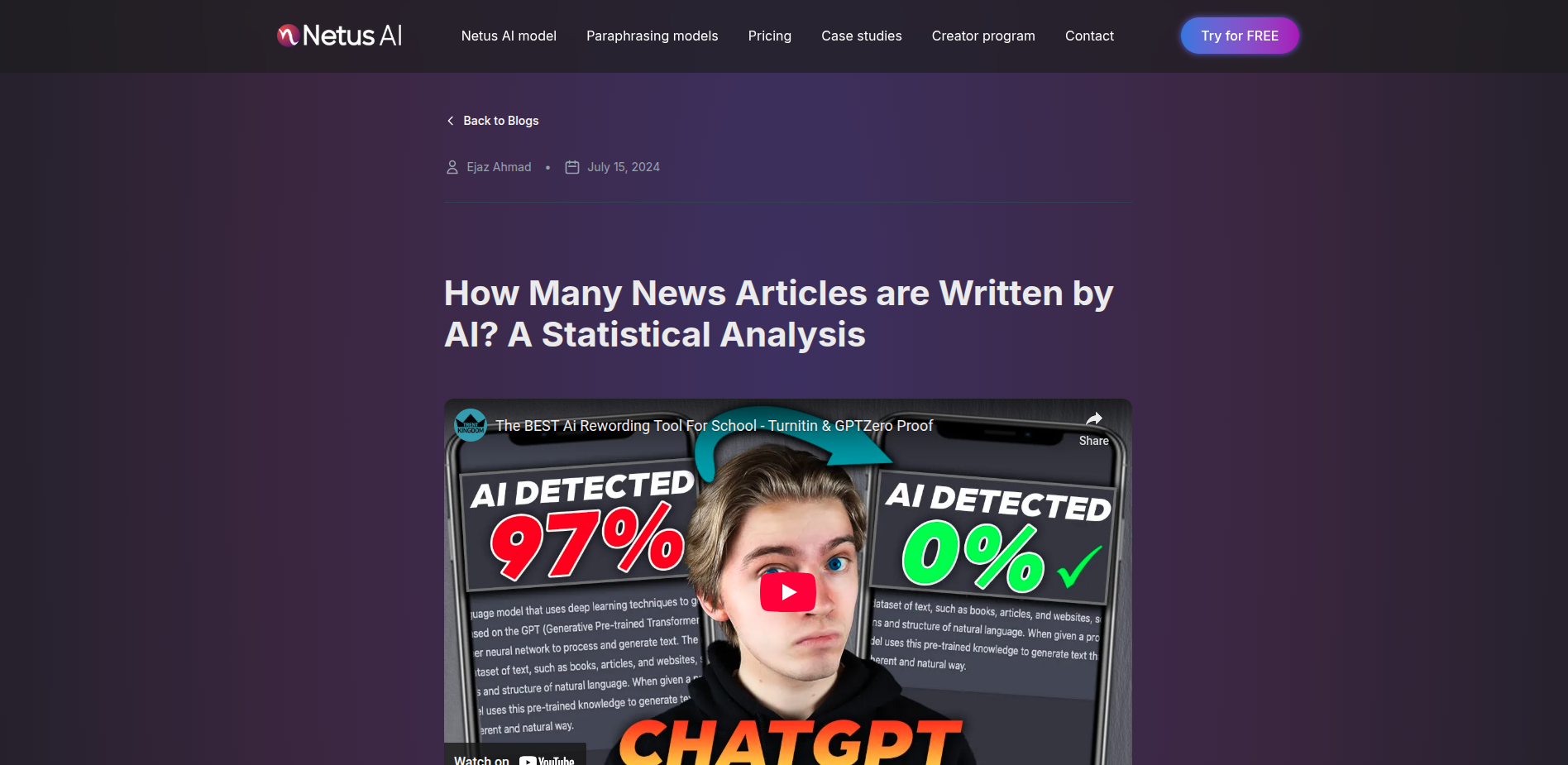How Many News Articles are Written by AI? A Statistical Analysis
Ashley Merit
Content writer and editor for Netus.AI
Table of Contents
How Many News Articles are Written by AI? Artificial Intelligence (AI) has been making waves in the news industry in recent years. With the ability to analyze data, identify patterns, and even write articles, AI has the potential to revolutionize the way news is produced. But just how many news articles are written by AI?
According to a recent report by the Reuters Institute for the Study of Journalism, AI is already being used to produce news articles in a number of ways. Some news organizations are using AI to generate simple news stories, such as financial reports or sports recaps, while others are using AI to assist human journalists in their reporting by analyzing data and identifying trends.
While the use of AI in news production is still in its early stages, many experts believe that it has the potential to drastically change the industry. Some predict that in the near future, the majority of news articles will be written by AI, while others are more skeptical, citing concerns about the quality and accuracy of AI-generated content.
Evolution of AI in Journalism
From Manual Reporting to AI-Generated Content
The news industry has undergone a significant transformation over the past few decades, with the advent of technology and the internet. The traditional method of manual reporting has been replaced by digital platforms, which have enabled journalists to reach a broader audience. However, the industry has continued to evolve, and AI has emerged as a game-changer in journalism.
AI-powered tools have enabled journalists to automate tasks such as data analysis, fact-checking, and content creation. These tools have not only increased efficiency but have also improved the quality of journalism by providing accurate and relevant information to readers.
Generative AI Tools in Newsrooms
Generative AI tools such as ChatGPT, a language model developed by OpenAI, have been used in newsrooms to create news articles. These tools use natural language processing techniques to generate human-like text, which can be used to create news articles quickly and efficiently.
However, the use of generative AI tools in newsrooms has raised concerns about the authenticity and credibility of the news articles. While these tools can create articles that are grammatically correct and coherent, they may lack the context and nuance that a human journalist can provide.
Despite these concerns, the use of AI tools in newsrooms is expected to increase in the coming years. AI-powered language models can help journalists with their workflow and enable them to focus on tasks that require human expertise, such as investigative reporting and analysis.
In conclusion, the evolution of AI in journalism has been significant, and it has transformed the way news articles are created and consumed. While the use of AI tools in newsrooms has its benefits, it is essential to ensure that the authenticity and credibility of news articles are not compromised.
Impact on Consumers and Publishers
Reader Engagement with AI-Generated Articles
As AI-generated articles become more common, it is important to consider how readers engage with them. While some readers may not be able to tell the difference between an article written by a human and one generated by AI, others may be skeptical of the content. Publishers must ensure that their AI-generated articles are of high quality and provide value to readers in order to maintain engagement.
Trust and Reliability in AI Journalism
Trust and reliability are key concerns for both consumers and publishers when it comes to AI-generated articles. Consumers may be hesitant to trust articles written by AI, while publishers may be concerned about the potential for AI-generated articles to spread misinformation. It is important for publishers to ensure that their AI-generated articles are accurate and reliable, and to be transparent about the use of AI in their journalism.
Advertising Revenue and AI Content
AI-generated articles have the potential to impact advertising revenue for publishers. While AI-generated articles may be more cost-effective to produce, they may also be less attractive to advertisers. Publishers must find a balance between using AI to produce content efficiently and ensuring that their content is still attractive to advertisers and generates revenue for their brand.
In conclusion, the impact of AI on news articles is a complex issue that affects both consumers and publishers. While AI-generated articles have the potential to provide cost-effective and efficient content, they also raise concerns about trust, reliability, and advertising revenue. As AI technology continues to evolve, it will be important for publishers to find a balance between using AI to produce content and ensuring that their content meets the needs and expectations of their readers and advertisers.
Ethical Considerations and Challenges
Addressing Bias and Misinformation
As AI continues to play a larger role in news article writing, there is a growing concern about the potential for bias and misinformation. AI algorithms can be programmed with certain biases, which can lead to the propagation of false or misleading information. To address this issue, news organizations must ensure that their AI systems are programmed to be unbiased and that they are regularly audited to ensure that they are producing accurate and truthful content.
Additionally, it is important for news organizations to have human oversight of the AI-generated content. This can help to catch any errors or biases that may have been missed by the AI system. By combining AI technology with human oversight, news organizations can ensure that their content is accurate, unbiased, and trustworthy.
Ensuring Editorial Accuracy and Oversight
Another challenge that arises with the use of AI in news article writing is ensuring editorial accuracy and oversight. While AI can be used to generate content quickly and efficiently, it is important to remember that quality should never be sacrificed for speed. News organizations must ensure that their AI-generated content is thoroughly fact-checked and edited before it is published.
Furthermore, it is important for news organizations to maintain editorial oversight of their AI systems. This can include setting editorial guidelines and standards for the AI-generated content, as well as regularly reviewing and auditing the content to ensure that it meets those standards. By doing so, news organizations can ensure that their AI-generated content is of the highest quality and meets the ethical standards of journalism.
Technological Advancements in AI Reporting
Language Models and News Generation
AI-generated content has become increasingly popular in recent years, particularly in the realm of news reporting you just need to make chat gpt undetectable. Large language models, such as GPT-3 developed by OpenAI, have been used to generate news articles that are nearly indistinguishable from those written by human journalists. These language models are trained on vast amounts of data and can generate coherent and grammatically correct sentences.
Google has also developed its own language model, called BERT, which has been used to improve the accuracy of search results and language understanding. This technology has also been applied to news reporting, with AI-generated articles being used to cover breaking news stories in real-time.
Video, Audio, and Translation Innovations
AI technology has also been applied to other forms of media, including video, audio, and translation. Microsoft has developed a video summarization tool that can automatically create a summary of a news video, making it easier for viewers to quickly understand the key points of a story.
In the realm of audio reporting, AI-powered text-to-speech technology can be used to create news reports that are read aloud by a computer-generated voice. This technology has the potential to improve the accessibility of news content for individuals with visual impairments.
AI-powered translation tools have also been developed, which can automatically translate news articles into different languages. This technology has the potential to make news content more accessible to individuals who speak different languages, and to improve the efficiency of news reporting by eliminating the need for human translators.
Overall, these technological advancements in AI reporting have the potential to improve the efficiency and accessibility of news reporting, while also raising questions about the role of human journalists in the industry.
The Future of AI in News Production
Predictions for AI and Human Collaboration
With the increasing use of generative AI tools in news production, there is no doubt that AI will play a significant role in the future of journalism. However, it is unlikely that AI will completely replace human reporters. Instead, AI and humans will work together to create more accurate and efficient news stories.
One emerging trend in AI journalism is the use of AI chatbots to interact with readers and provide them with personalized news content. This technology has the potential to revolutionize the way news publishers engage with their audience.
Another important aspect of the future of AI in news production is the development of workflows that integrate AI tools seamlessly into the newsroom. This will require news organizations to invest in training their reporters and editors to work with AI tools effectively.
Emerging Trends in AI Journalism
One of the most exciting developments in AI journalism is the use of hallucinations to generate hyper-realistic images and videos. This technology has the potential to create immersive news experiences that are more engaging and informative than traditional text-based articles.
However, the use of AI in news production also raises important ethical questions. For example, how can we ensure that AI-generated content is accurate and unbiased? And how can we prevent AI from perpetuating existing biases and inequalities in society?
Despite these challenges, the future of AI in news production looks bright. As more news publishers invest in AI tools and workflows, we can expect to see more innovative and engaging news content that is tailored to the needs and interests of individual readers.
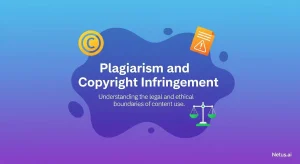
Plagiarism and copyright infringement | NetusAI
Plagiarism and copyright infringement Writers along with academic folks and students really need to steer clear of plagiarism and copyright infringement. They do this to
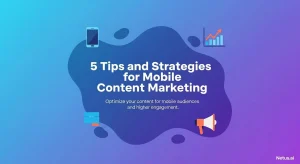
Tips and strategies for mobile content marketing | NetusAI
5 Tips and strategies for mobile content marketing Mobile content really matters a lot these days. Pretty much 98 percent of adults in the U.S.
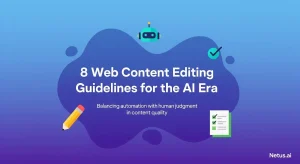
Web content editing guidelines for the AI era | NetusAI
8 Web content editing guidelines for the AI era Editing web content turns out to be pretty tough, especially when generative AI gets involved in
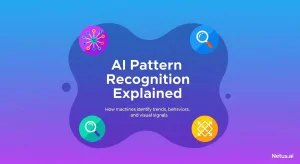
Explaining AI pattern recognition | NetusAI
AI pattern recognition explained Pattern recognition in AI really forms the backbone of what we see in artificial intelligence today. It allows machines to spot
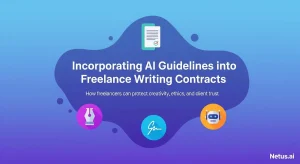
AI Guidelines in Freelance Writing Contracts | NetusAI
Incorporating AI guidelines into freelance writing contracts With AI content prevalent and ranking high on Google, freelance writing contracts must include AI guidelines. This is

Best practices for content SEO | NetusAI
Eight best practices for content SEO Content has to show up and grab attention if it wants to do well. Content SEO takes care of

